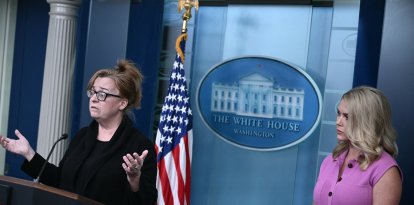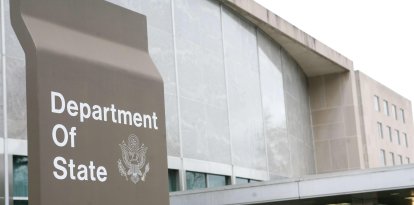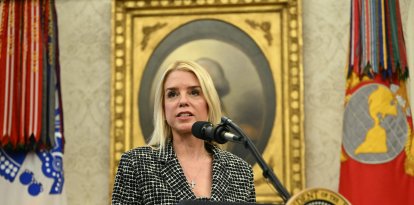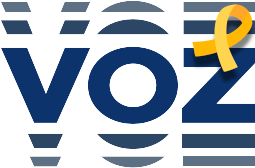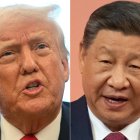US reinforces its strategy in AI to prevent China from taking the lead
The White House chief technology officer stressed that the next few years will be decisive in consolidating the country's leadership in artificial intelligence and other emerging technologies.
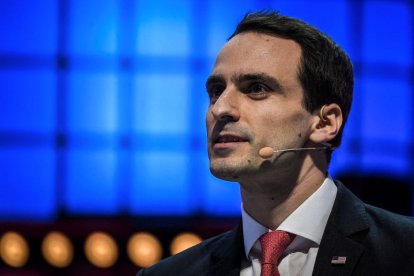
U.S. White House chief technology officer, Michael Kratsios
The director of the White House Office of Science and Technology, Michael Kratsios, warned about the rapid advance of artificial intelligence (AI) in China and stressed that the U.S. strategy to maintain its global leadership in this field is based on "promote and protect" the development of AI.
In an interview with Fox News Digital, Kratsios emphasized that Donald Trump has insisted on the importance of staying ahead in this technology. According to the official, Trump ordered his team to develop an action plan for AI from his third day in office.
"It was a way to review everything that had been done under the Biden administration and turn the page with an agenda that's focused on sustaining and ensuring continued U.S. leadership in this particular technology, and that's what we've been working on," Kratsios said.
The official detailed that while the U.S. continues to lead in AI, especially in what he calls the "three layers of technology"- the high-end chips or semiconductors, AI models and applications- Trump has expressed concern about "the velocity of innovation" in China.

Technology
Discover the history of artificial intelligence and the 5 best AI applications
VozMedia Staff
Criticism of Biden's handling of AI
According to Kratsios, the Biden administration took a more restrictive approach to artificial intelligence, prioritizing regulation and potential risks rather than its transformative potential.
"There was a fixation on what I would call harms, so, spending time and energy thinking about all the things that could go wrong with this technology, versus having a balanced approach, where you try to minimize things that could go poorly, and more importantly, look at ways this technology can transform America for the better," he said.
In his view, this stance slowed the adoption of AI in key government sectors, limiting its positive impact on agency efficiency.
China's technological breakthrough and U.S. response
Kratsios warned that China's pace of innovation is increasing, rapidly approaching the U.S. technological level. He cited the 2025 launch of DeepSeek, a language model developed by a Chinese company, as an example of the Asian country's progress in this field.
Faced with this challenge, he stressed that the key for the U.S. to maintain its leadership lies in continuing to drive research and development in AIand removing regulatory barriers that hinder innovation. He also emphasized the importance of training the U.S. workforce to take full advantage of this technology's potential.
Another fundamental step, he said, is to strengthen alliances with like-minded countries to prevent China from gaining ground in this sector. He also stressed the need to facilitate exporting this technology to countries with similar values.
A technology-driven future
Kratsios shared Trump's vision of a new era marked by scientific and technological advances.
"We want to put an American flag on Mars. We want to fly supersonic again. We want drones to be delivering packages around the world. We want AI to be used by American workers to allow them to do their jobs better, safer and faster," he stated.
Finally, he stressed that the next few years will be decisive in consolidating U.S. leadership in artificial intelligence and other emerging technologies.
RECOMMENDATION

